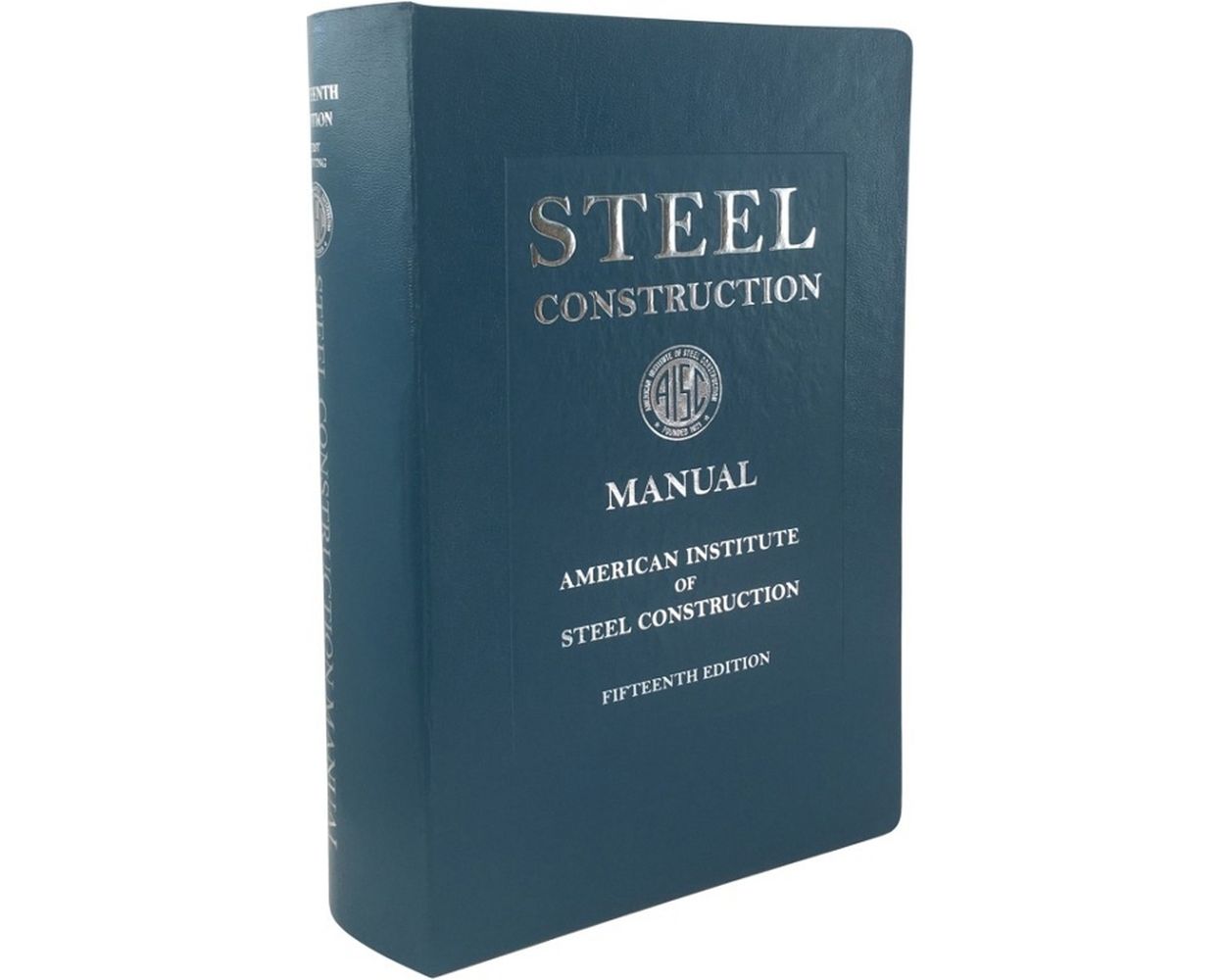

Want to schedule a consultation?
Book a Consult!


 ACI 318-19 Building Code Requirements for Structural Concrete (ACI 318-19) and Commentary (ACI 318R-19)
by
ACI Committee 318 (Editor)
ACI 318-19 Building Code Requirements for Structural Concrete (ACI 318-19) and Commentary (ACI 318R-19)
by
ACI Committee 318 (Editor)
 LRFD Bridge Design Specifications
by
American Association of State Highway and Transportation Officials
LRFD Bridge Design Specifications
by
American Association of State Highway and Transportation Officials
 Steel Construction Manual, 15th Ed
by
American Institute of Steel Construction (Contribution by)
Steel Construction Manual, 15th Ed
by
American Institute of Steel Construction (Contribution by)